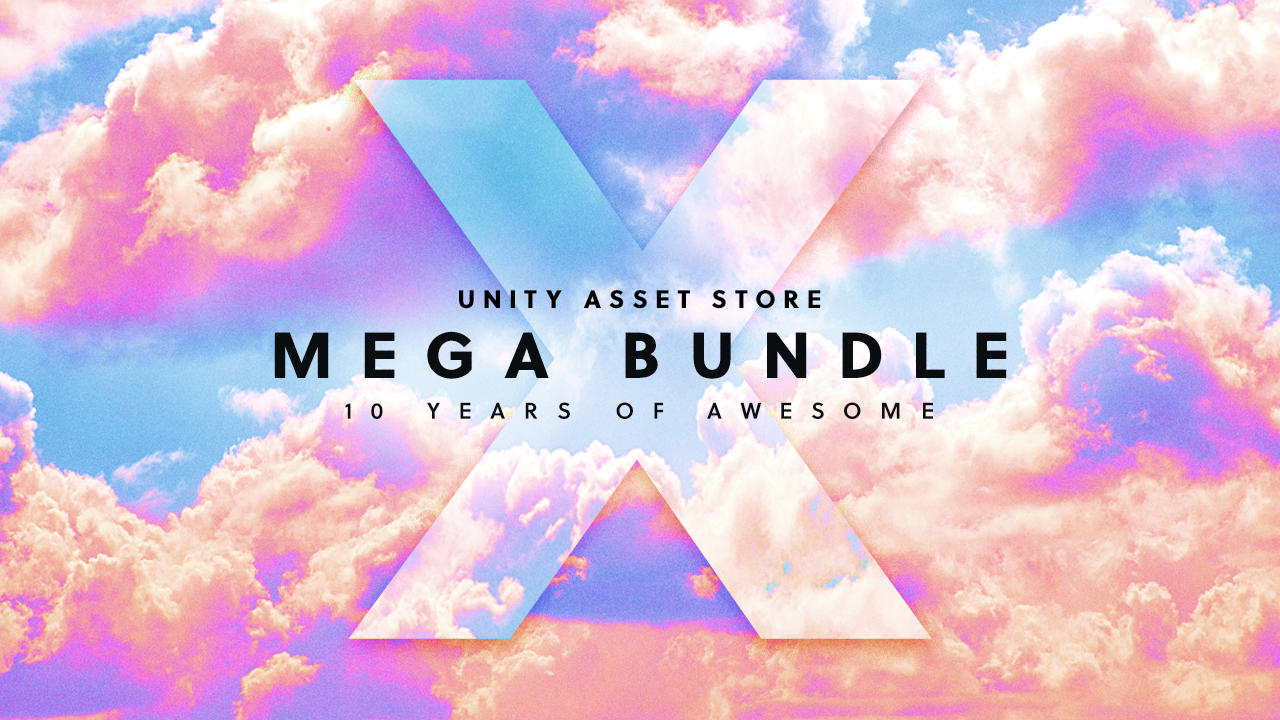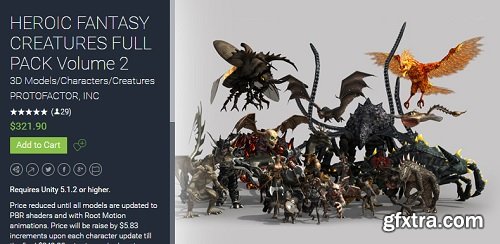

To check the status of asset packs and download them if they’re not on the device, you must first know the name of each asset pack. If your application uses fast-follow or on-demand asset packs, the device must download these asset packs before the application can access assets inside of them. For information on how to do this, refer to Download asset packs.įor more information about delivery modes, refer to Delivery modes.
 on-demand: Google Play doesn’t automatically download on-demand asset packs. To check the status and download fast-follow asset packs, refer to Download asset packs. However, it’s possible that not all fast-follow asset packs are available on the first time the application launches.
on-demand: Google Play doesn’t automatically download on-demand asset packs. To check the status and download fast-follow asset packs, refer to Download asset packs. However, it’s possible that not all fast-follow asset packs are available on the first time the application launches.  fast-follow: Google Play automatically starts to download fast-follow asset packs after it installs the application. Instead, use Android’s AssetManager APIs. If you create a custom asset pack, you can’t access assets inside it using standard file APIs. To access streaming assets, use Application.streamingAssetsPath to get the path to streaming assets location, then use UnityWebRequest to access assets in that path. You also can’t directly access assets inside of these asset packs, except streaming assets in Unity-generated install-time asset packs. The Pla圜ore API doesn’t handle install-time asset packs, which means that you can’t check the status, request to download, or remove install-time asset packs. Google Play considers these asset packs to be part of the base application, and an end user can’t uninstall them without uninstalling the entire application. install-time: Google Play automatically downloads install-time asset packs when the device installs the application. There are three asset pack delivery modes: The way you download asset packs and access their assets depends on the asset pack delivery mode. If your project has asset packs, either custom asset packs or Unity-generated asset packs, Unity automatically adds the Pla圜ore dependency to the application’s manifest. NET assemblies created with tools like Visual Studio) and Native plug-ins (platform-specific native code libraries). There are two kinds of plug-ins you can use in Unity: Managed plug-ins (managed. Using the Pla圜ore API also means your application requires the Pla圜ore plug-in A set of code created outside of Unity that creates functionality in Unity.
fast-follow: Google Play automatically starts to download fast-follow asset packs after it installs the application. Instead, use Android’s AssetManager APIs. If you create a custom asset pack, you can’t access assets inside it using standard file APIs. To access streaming assets, use Application.streamingAssetsPath to get the path to streaming assets location, then use UnityWebRequest to access assets in that path. You also can’t directly access assets inside of these asset packs, except streaming assets in Unity-generated install-time asset packs. The Pla圜ore API doesn’t handle install-time asset packs, which means that you can’t check the status, request to download, or remove install-time asset packs. Google Play considers these asset packs to be part of the base application, and an end user can’t uninstall them without uninstalling the entire application. install-time: Google Play automatically downloads install-time asset packs when the device installs the application. There are three asset pack delivery modes: The way you download asset packs and access their assets depends on the asset pack delivery mode. If your project has asset packs, either custom asset packs or Unity-generated asset packs, Unity automatically adds the Pla圜ore dependency to the application’s manifest. NET assemblies created with tools like Visual Studio) and Native plug-ins (platform-specific native code libraries). There are two kinds of plug-ins you can use in Unity: Managed plug-ins (managed. Using the Pla圜ore API also means your application requires the Pla圜ore plug-in A set of code created outside of Unity that creates functionality in Unity. 
They use Google’s Pla圜ore API, which means they have the same limitations as Pla圜ore, and can’t manage install-time asset packs. Unity provides APIs to manage asset packs at runtime.







 0 kommentar(er)
0 kommentar(er)
